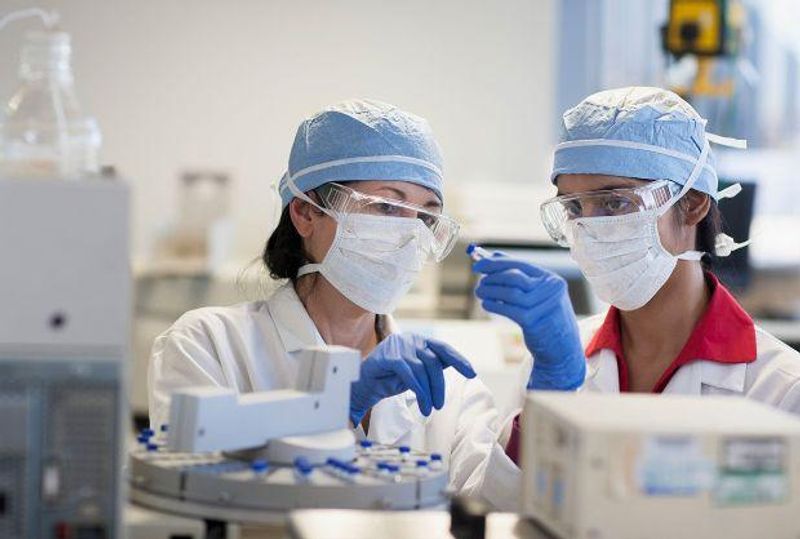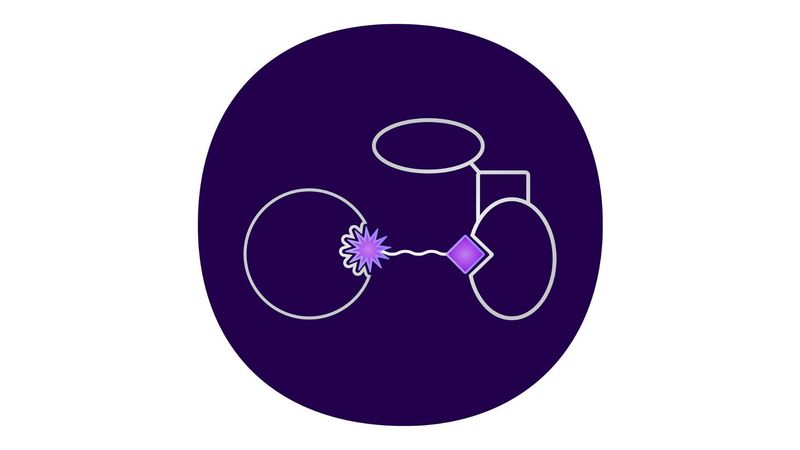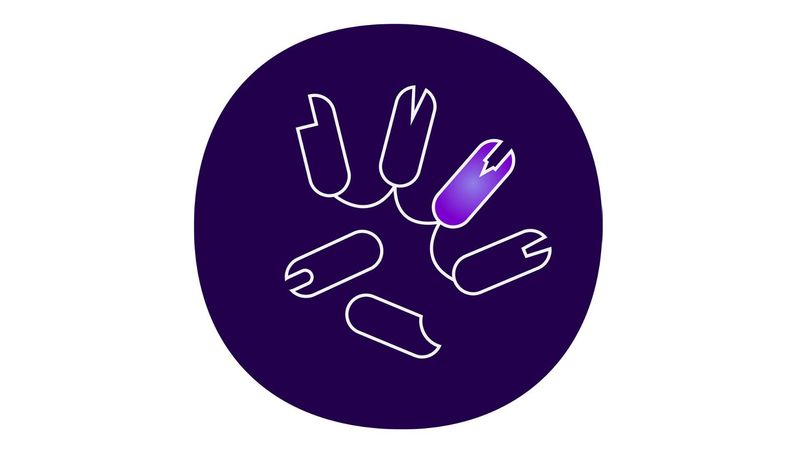We're On Track to Lead in Immunoscience
![Artist's interpretation of a T cell (white blood cell) binding to an antigen. [Illustration: Getty Images]](/optim/dotcom/content-app/articles/our-science/we-re-on-track-to-lead-in-immunoscience-transformative-medicines/article2-core-image-ourscience-on-track-to-lead-in-immunoscience_20230522115529.jpg?size=xlarge)
This editorial refers to Sanofi products that are currently under development. The safety and efficacy of the investigational drugs described here have not been evaluated by any regulatory authority.
In 2018, we reimagined innovation in Sanofi R&D and changed the allocation of our resources to focus on delivering transformative medicines for the most urgent unmet patient needs. Since then, we've gone through rapid transformation not only of our pipeline, but also our processes so that we can accelerate the pace of delivery for patients. The global pandemic stress-tested our revamped and reinvigorated approaches, pushing our teams to adopt more agile ways of working that are now becoming embedded as the new normal. One of the most remarkable transformations over the past couple of years has been in our immunology and inflammation pipeline, which has become one of the most vibrant elements of the company's portfolio, with our flagship medicine growing rapidly in numbers of patients treated.
Immunoscience is the bedrock of our work on immunological and inflammatory diseases, and is driving our progress across multiple therapeutic areas, including neurology, hematology, oncology and, of course, vaccines.
Emerging leadership in type 2 inflammation
Immunological pathways evolved to protect us from pathogens and noxious environmental toxicants, but when they become hyperactive, these immunological responses can cause a multitude of diseases. Our teams are uncovering more about the type 2 inflammatory pathway and its role in driving asthma, atopic dermatitis, and many other chronic, debilitating conditions. Our lead medicine is designed to squelch two interleukins that act as "inflammatory amplifiers" in this pathway.
The type 2 inflammation pathway
The company's growing expertise in this domain has allowed us to reach important milestones, for example advancing the first approved biologic for atopic dermatitis and the first approved biologic for chronic rhinosinusitis with nasal polyps. And, by bolstering efforts to understand all aspects of the type 2 immune pathway, we have equipped our teams to expand the company's offerings in dermatology and respiratory, and to pursue new directions for certain gastroenterological diseases for which patients currently have limited options.
Stemming the flood of inflammation
In immunology, our drug-discovery efforts are focused on both type 2 inflammatory mechanisms and adjacent immunological pathways. When it comes to type 2 inflammation, we are thinking bigger and digging deeper than a single drug. For example:
- Our long-standing alliance with Regeneron has generated an investigational antibody that our teams are investigating for its potential to benefit people with COPD.
- With the addition of Principia Biopharma to Sanofi, our portfolio now includes a uniquely engineered, investigational, BTK inhibitor that we are studying to determine its potential as an oral treatment for autoimmune, type 2 inflammatory, and allergic diseases.
- With the acquisition of biopharma company Kymab, we have added OX40-Ligand to our arsenal: a key immune system regulator that we are pursuing as a potential first-in-class treatment for a range of immune-mediated diseases and inflammatory disorders.
Immunoscience: above and beyond type 2
Sanofi is leveraging a fleet of new technology platforms to design highly differentiated molecules that tackle targets in many different immunological pathways:
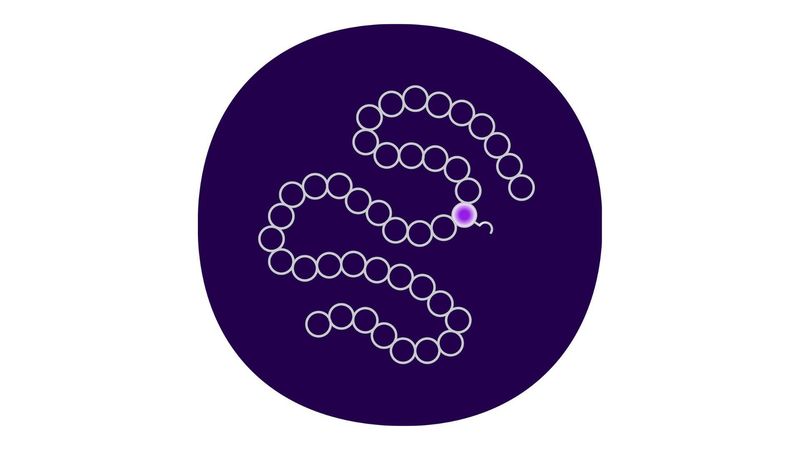
SYNTHORIN™ molecules
Keeping patients at the heart of what we do is a hallmark of Sanofi R&D. Our work in precision immunology is a perfect example: deep molecular profiling, remote/digital patient monitoring, and other technologies are helping us understand disease heterogeneity in high resolution and progress towards the ambition of matching medicines to the right patients. To that end, Sanofi researchers are combining real-world evidence and 'omics approaches to generate molecular and cellular views of immune conditions, which can reveal more precise approaches to disease intervention.
Immunoscience is a theme connecting multiple therapeutic areas at Sanofi. For example, in neurology, we are developing an investigational brain-penetrant BTK inhibitor for multiple sclerosis; in hematology, we are investigating complement-inhibiting antibodies for several blood disorders; and in oncology, Sanofi's reinvigorated pipeline includes several investigational molecules that are being developed to stimulate immune cells to attack and destroy cancers.
Talent, technology, teamwork, and tenacity
At its core, Sanofi's R&D strategy is about maximizing our talent, optimizing our technology toolkit, and enabling teamwork. The tenacity and creativity of our scientists is driving the outstanding science being carried out every day, not only by our growing immunology and inflammation programs but across all therapeutic areas at Sanofi. We are committed to delivering best-in-class innovation, playing to our strengths, and making deliberate, sometimes difficult choices about resource allocation to focus our investments on what matters most for patients. Every day, we have the duty to turn great science into new opportunities for patients, and we will continue to do so well into the future.
Explore more
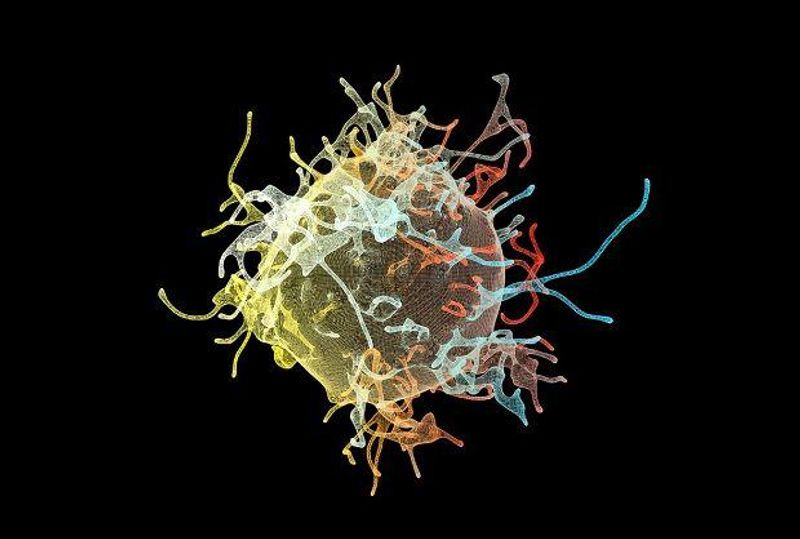
Sanofi's Multi-Front Attack on Cancer
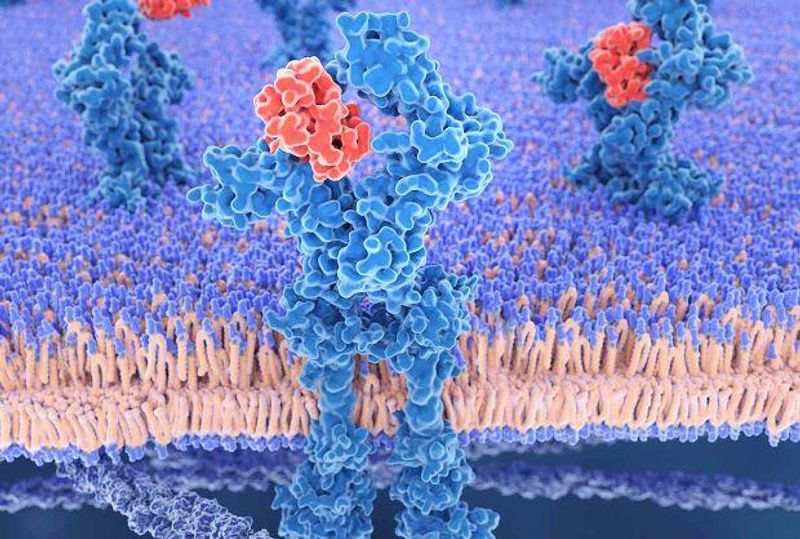
Immunology & Inflammation
